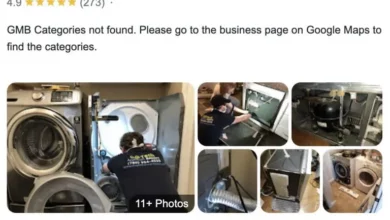
POS is short for “Point of Sale.” A point of sale is a system in a retail store that allows you to sell physical goods. POS transactions typically occur when a buyer pays a specific amount to a seller, offline or online. The goal of POS is to track and record all transactions between a buyer and a seller.
For example, suppose you go to a retail chain and pick up a few items before proceeding to the checkout counter. The staff scans your selected products at the checkout counter and generates a receipt or a bill. A POS transaction occurs when you pay for those items with cash or a card. Thanks to the convenient EMI facility offered by banks, you can now even purchase devices like laptop on EMI.
Here are the steps involved in a POS transaction.
- Buyers pick up the goods or products they wish to purchase.
- The seller scans the goods to determine their price.
- The buyer then makes an online or offline payment.
- A POS transaction is completed.
POS payments are commonplace in restaurants and other food outlets too. After your meal, you can choose to pay with cash, your card, or your digital wallet. The waiter swipes your card and completes the POS transaction on the swiping machine.
Online POS transaction:
As the name implies, online POS transactions occur when a buyer purchases goods or services online. For example, a buyer may have logged into the Amazon app and selected specific jewelry. A POS payment occurs when the buyer makes a card or digital wallet. However, in online POS transactions, the seller must wait for the cash because a request gets sent to the card-issuing bank for authorization to debit the cardholder’s account.
Product Returns:
If the buyer is not happy with the product and would like to return it, one can send a request for reversal too. The buyer will receive a complete or partial reversal from the card-issuing bank.
How Does a POS Transaction Work?
The POS system helps sellers accept payments through hardware devices and software. It helps them manage their day-to-day transactions and accurately reconcile their cash with their POS payments.
The software POS system includes cloud-based mobile software, and the hardware system of the POS is usually on the premises and consists of:
- Cash register
- Barcode scanner
- Receipt printer
Sellers can now use an intricate POS network that oversees everything from operations to inventory management right up to the point of sale. While some sellers prefer to utilize a simple cash register in their POS system.
The Importance of POS Payment Reconciliation:
Once the payment from the point of sale is received, the sellers compare the POS data to the sales made. They compare POS sales data with cash inflows periodically per day/month/year to ensure complete accuracy and transparency in the process.
To ensure reconciliation, each type of POS transaction must include the following elements:
Sales Records:
Sales occur whenever a buyer purchases a product, whether online or offline. The POS system tracks the number of products sold, the date and time of purchase, the amount of cash received, the customer’s information, and the employee handling the sale.
Purchases Record:
When a buyer buys something and pays for it, all purchase-related data is compiled on the POS system.
Receipts:
The seller generates a receipt for the buyer after the buyer has made the payment. The receipt shows the amount paid, the number of items purchased, and the date and time of purchase.
So, how often should you, as a merchant, carry out POS reconciliations? It’s ideal for performing such reconciliations daily. This daily reconciliation is easily possible through cloud-based POS payment solutions.
Major processors have enabled cloud POS devices for customers to walk in and make card transactions. Card information from buyers can be saved for future use. And data from ePOS systems are automatically fed into the system daily.




